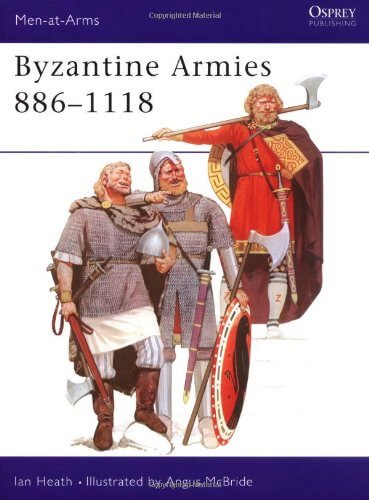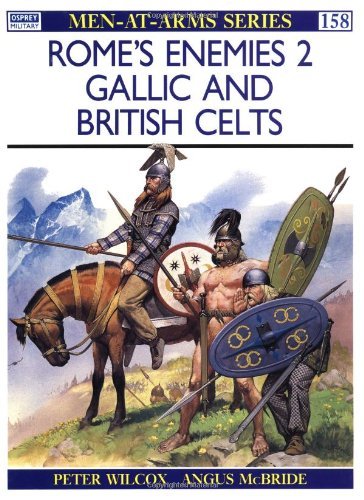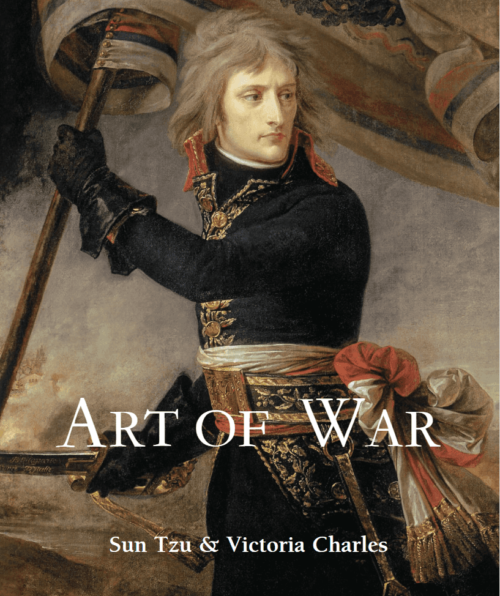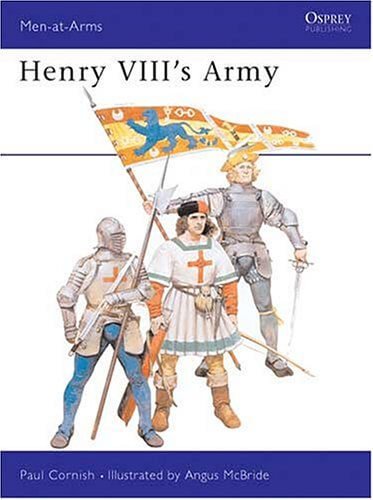“Byzantine Armies 886–1118” by Ian Heath & Angus McBride
The Golden Age of the Eastern Roman War Machine
Core Translation & Contextual Additions
(Original Russian Text Translated and Enhanced for Global Readers)
Title: Byzantine Armies 886–1118
Authors: Ian Heath (text), Angus McBride (illustrations)
Series: Osprey Men-at-Arms (MAA)
Edition: Second Edition (Revised)
Pages: 40
Illustrations: ~40 black-and-white line drawings, 8 full-color plates
Format: Paperback
Language: Russian → English (Enhanced)
Rating: 3.0/5.0 (0 reviews)
Scope:
This volume examines the Byzantine military during its zenith under the Macedonian dynasty (867–1056) and the Komnenian revival (1081–1185). It analyzes the army’s ethnic composition, organizational reforms, weapons, armor evolution, and campaign strategies against Arab caliphates, Bulgarian tsars, and Seljuk Turks.
Key Enhancements for Western Audiences
- Historical Context
- Military Reforms: The Macedonian emperors (e.g., Basil II “Bulgar-Slayer”) reorganized the theme system (provincial armies) into a professional force combining heavy cavalry (kataphraktoi), infantry (skutatoi), and mercenary units (Varangian Guard).
- Strategic Threats: Byzantium faced the Arab ghazi raids (9th–10th centuries), Bulgarian expansion under Tsar Simeon (913–927), and the Seljuk invasions post-Manzikert (1071).
- Ethnic Composition & Recruitment
- Core Troops: Native themata soldiers (free peasant-soldiers) formed the backbone, supplemented by elite tagmata (central regiments).
- Mercenaries:
- Varangians: Norse/Rus warriors armed with axes (e.g., Plate B3).
- Georgians & Armenians: Provided heavy cavalry in eastern frontiers.
- Pechenegs & Cumans: Nomadic horse archers used as frontier auxiliaries.
- Armor & Weaponry
- Heavy Infantry (Skutatoi):
- Armor: Lamellar (klivanion) or scale armor, spangenhelm helmets with nasal guards (Plate A2).
- Shields: Transition from oval skuta to kite shields (10th century, Norman influence).
- Cavalry (Kataphraktoi):
- Equipment: Horse barding, kontarion lances (12–14 ft), paramerion sabers (Plate C1).
- Specialized Units:
- Peltastoi: Light infantry with javelins and round thureos shields (Plate A3).
- Toxotai: Archers using composite bows with 200+ yd range.
- Heavy Infantry (Skutatoi):
- Tactical Innovations
- Defensive Doctrine: Combined shield wall infantry with flanking cavalry charges (e.g., Battle of Kleidion, 1014).
- Psychological Warfare: Use of Greek fire (napalm-like liquid) in naval battles and sieges.
- Logistics: Prokoursatores (scouts) and touldon (engineer corps) ensured supply lines and siegecraft.
- Artistic & Archaeological Insights
- McBride’s Plates: Based on the Madrid Skylitzes manuscript (11th century) and Harbaville Triptych artifacts.
- Plate D2: Varangian Guard member with rhomphaia axe and klibanion armor.
- Plate B1: 10th-century droungarios officer with gilded epilorikion breastplate.
- Cultural Hybridity: Blended Roman, Persian, and steppe influences (e.g., Turkic-style sabers, Arab mail).
- McBride’s Plates: Based on the Madrid Skylitzes manuscript (11th century) and Harbaville Triptych artifacts.
Why This Matters to Western Readers
- Legacy of Roman Military Science: Byzantine manuals like Tactica (Leo VI) influenced medieval European and Islamic warfare.
- Bridge Between Antiquity and Feudalism: The theme system foreshadowed European feudal levies.
- Visual Appeal: McBride’s reconstructions revive overlooked details (e.g., menaulion spears, episporion tunics).







评价
目前还没有评价